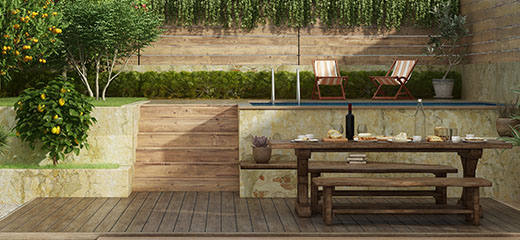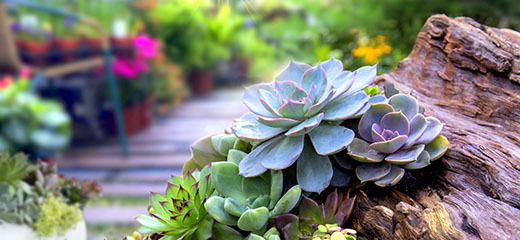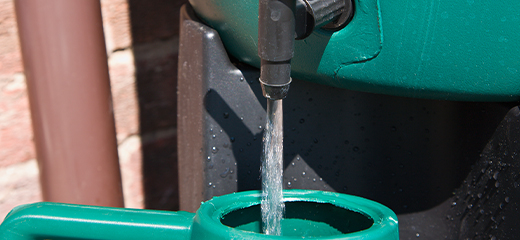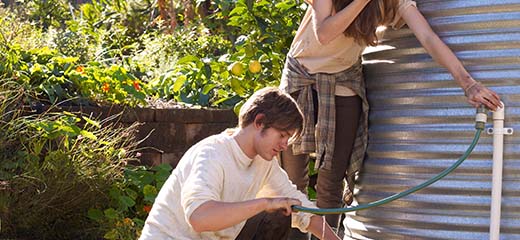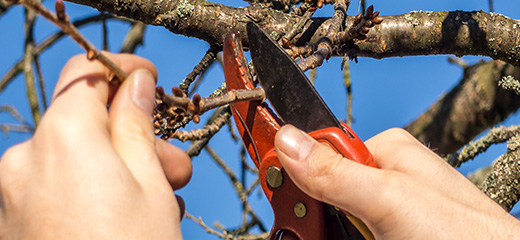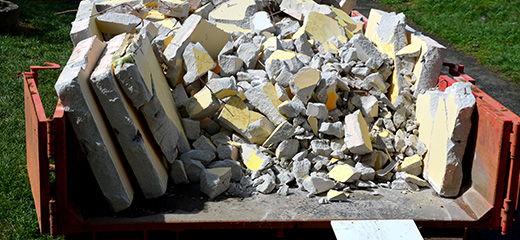
Garden tips to delight the senses
A beautiful garden is a sight to behold. But why should your eyes get all the pleasure when you could delight all your other senses too?
A sensory garden aims to do just that: appeal to the sense of sight, smell, sound, touch and taste. It’s a somewhat different approach to gardening, but incorporating just a few sensory choices into your planting can change the feel of your outdoor haven.
And why not keep it indigenous with some help from the South African Biodiversity Institute’s PlantZAfrica website and its Plants of the Week advanced search function? With over 1 850 plants and more added every week, the search function allows you to find plants best suited to your geographic region, sun exposure, gardening skill, drought resistance, flowering season, colour, fragrance, attractions for birds, insects and bees, edible, medicinal and poisonous plants and so much more.
Visually vibrant
While flowers are the first thing most people think of when it comes to imagining a beautiful garden, there are many other factors that contribute to visual appeal.
Colour, of course, plays a large role, however, this goes beyond flowers to include foliage, grasses, moss, stems, tree bark and even garden features. When it comes to planting, try and combine perennials and annuals to ensure you have all-year-round colour and greenery. Don’t dismiss white plants as these really pop out in low-light conditions.
While plant shopping, take time to consider how the size and shape of the foliage will enhance your designs. Differing heights can also be an interesting factor to incorporate into your designs, extending the scenery and leading the eye on a journey around the garden.
If you’re feeling adventurous, try pruning shrubs, bushes and trees into interesting shapes or get creative by repurposing old boots, wheelbarrows, cooking pots and tyres into planting containers.
Finally, consider adding lighting options to your garden to extend your hours of enjoyment and to discover how your garden transforms at night.
Heavenly scents
You don’t need to be an aromatherapy enthusiast to appreciate the uplifting fragrance of a well-positioned plant. The key to getting the best smells from your garden is all in the positioning.
While your first instinct may be to head to the strongest smelling plants, the heady mix can quickly become overpowering. Instead, keep the strongest smelling plants for the areas where you’ll get to appreciate them more often, start small and add buffers of more subtle-smelling plants that will add visually without being overpowering.
Aromatic creepers and herbs such as mint, rosemary, lavender and the like are perfect to plant along pathways as they release a beautiful aroma when brushed against.
Sounds of nature
Incorporating a variety of sounds into your garden can help you destress and has the added benefit of disguising background noise of neighbours and traffic.
To start with, consider plants and grasses that will rustle in the breeze as well as textured gravel, pebble or bark walkways. Adding a small water feature in a shaded area can aid relaxation, and carefully selected and positioned windchimes can give your garden a magical feel. If you find metal windchimes too harsh on the ear, consider the gentle tones of wood and bamboo.
An even better option is to choose plants that attract birds, butterflies, bees and other insects to your garden. Not only do bird and insect-attracting plants bring a musical touch to your garden, but they are also less likely to trigger allergies compared to those plants that rely on wind to disperse their pollen and seeds. You can add to the bird attraction by setting out a few small bird feeders and a bird bath.
Feeling your way
Adding tactile elements to your garden is easier than you might think. In fact, some plants seem irresistible to our fingers. The earlier mentioned gravel, pebble and bark walkways, as an example, can give your feet a natural massage.
When garden shopping, pay attention to those plants that reach out to you with their smooth, silky petals, their velvety leaves or rough barks that beg to be discovered. Tall grasses, herbs and shrubs that grow to hand height are excellent for planting along walkways allowing you to stroke your fingers along their surface. While you’re at it, be sure to plant spiky, thorny, poisonous and delicate plants out of easy reach to avoid temptation.
Don’t forget to add some comfortable furnishing to your outdoor area to add to your experience.
Taste test
Adding edible plants to your garden doesn’t just give you a mid-stroll taster, it also gives you natural options to enhance the flavour and presentation of your meals.
And if you haven’t started planting your own vegetable and herbs, then now is the time to start. Not only is home-grown produce much cheaper than what you’ll find in the stores, but you’ll discover the entirely organic and free of pesticides option is healthier, tastier and leaves you with a sense of achievement.
